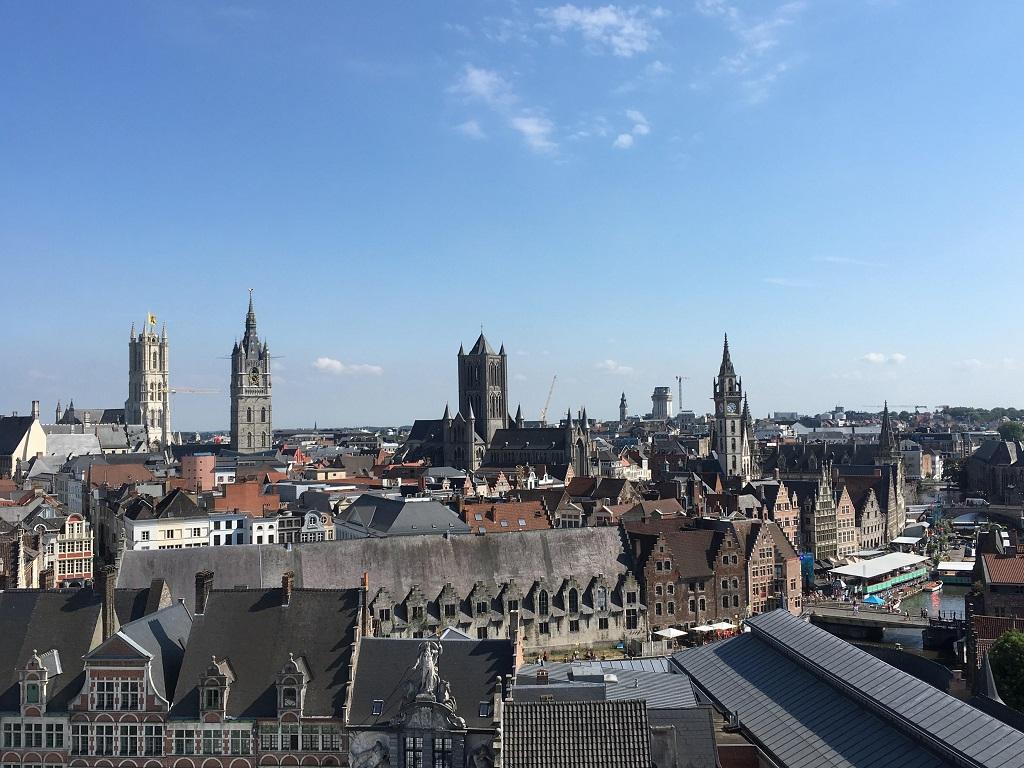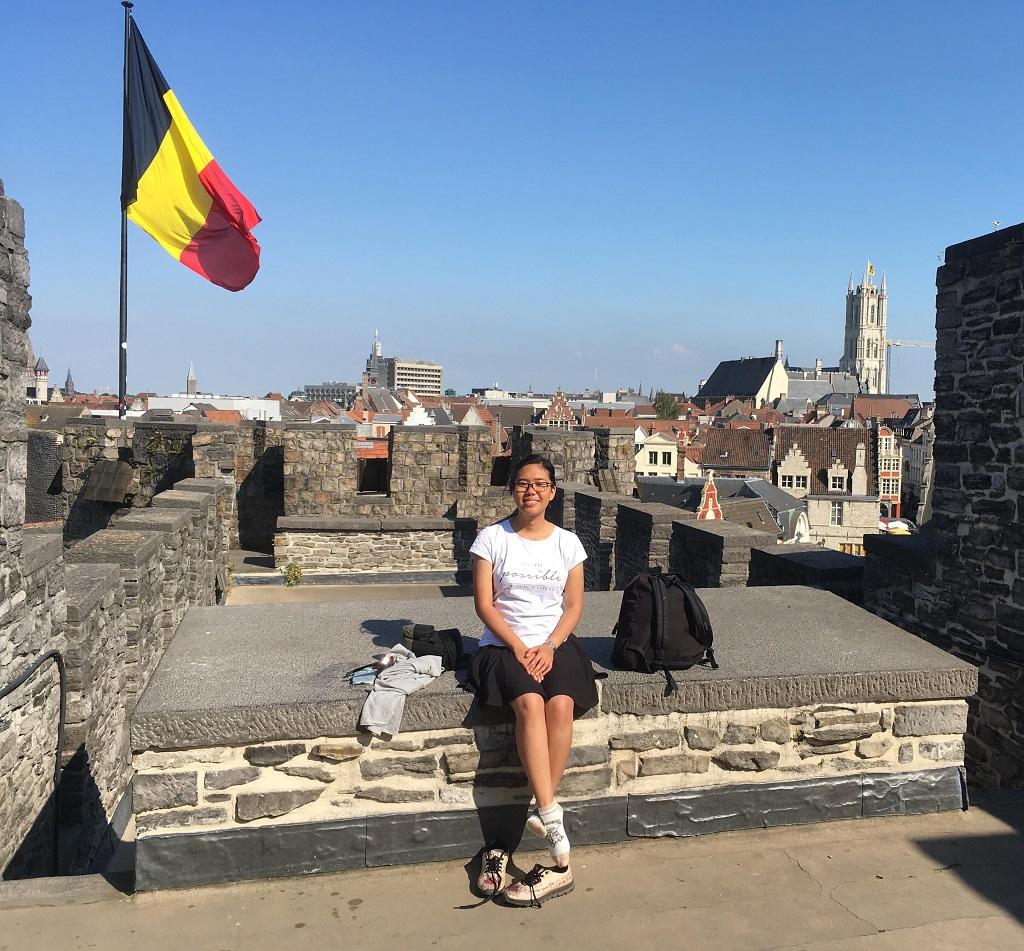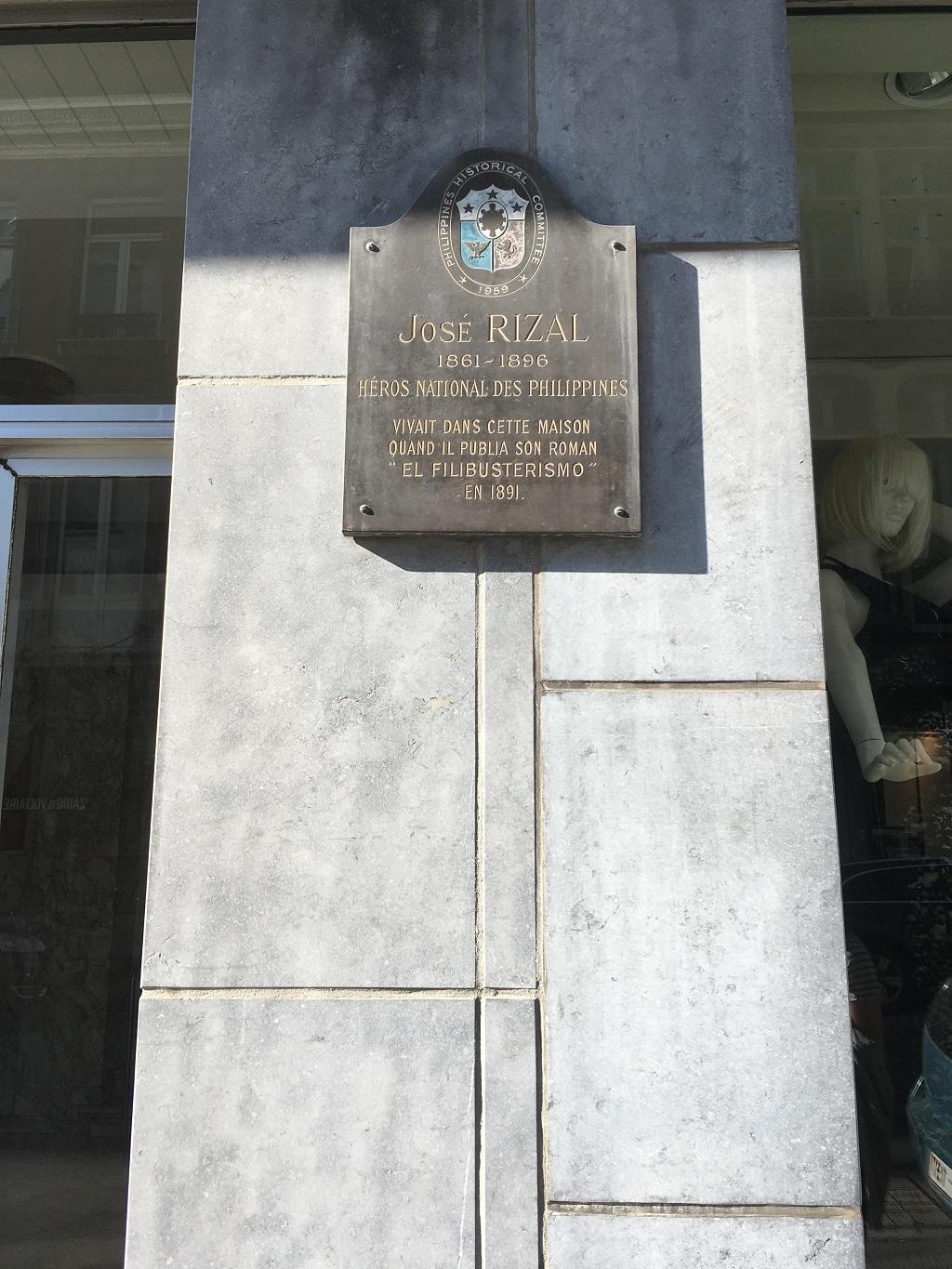
When I told my friends that I was visiting Belgium, most of them told me to go to Bruges, a small city known for its medieval architecture and popularized by the 2008 dark comedy "In Bruges." Travel blogs recommended that I sample Belgian waffles, fries, and beer — staples of the typical tourist experience in the country.
But as a Filipino student currently pursuing a master’s degree in Europe, I was interested in neither the tourist experience nor film locations (though I did go to Bruges later on). My main motivation was to go to the place where Rizal published El Filibusterismo in 1891: the city of Ghent.
Among tourist circles, Ghent is a relatively less heralded Belgian city. It is a half hour train ride west of Brussels, the capital and center for the European Union. Most people skip Ghent and go directly to Bruges. To me, this was perfect as I prefer to avoid popular tourist destinations and instead go for hidden gems.
Ghent turned out to be one.
I had only 24 hours to spend in the city, and I did not know what to expect when I came. Aside from the connection to Rizal, the only thing I knew about Ghent was that it is a university city with around 65,000 students. My itinerary consisted of joining a free walking tour, visiting a medieval castle, and finding the memorial to Rizal’s old apartment.
Free walking tours are popular in Europe. It is the easiest way to see many different sights at once, while at the same time learning your way around the area. It is also a highly educational way to get to know a place, as tour guides often weave historical narratives with the city itself as their visual material.
This is how Ghent unveiled itself to me as a special place whose history more deeply intertwined with the Philippines’ than I originally thought. I traveled to the city with a friend from Amsterdam, and we arrived just in time for a walking tour at 1 p.m. Maria, the tour guide, showed our group of twenty people around the city for more than two hours.
Before the tour began in earnest, Maria gave us some historical facts: Ghent is a port city situated at the meeting place of two rivers. Thanks to the riches from the textile business in the Middle Ages, Ghent became the second largest city in Europe after Paris. However, the fortunes of this once important city suddenly changed at some point in history. What on earth happened?

Maria held back giving us the answer until the end of the tour to keep us engaged, but she dropped hints along the way.
Ghent was the birthplace of an important figure both in European and Philippine history — Charles V of the Holy Roman Empire, also known as Charles I of Spain, the king who sponsored Ferdinand Magellan’s expedition which landed in Mactan in 1521.
Charles also happened to be the Duke of Burgundy, whose territories included parts of modern day Belgium. In the middle of the 16th century, he would levy taxes on the flourishing city of Ghent to fund wars in Italy. When the citizens refused to pay, he punished the leading merchants by parading them half-naked and wearing a noose around their necks.
Charles said he would forgive the city if the merchants beg for his mercy, but many of them chose to stand their ground and were killed as a result. Those who acquiesced, meanwhile, fled the city and moved their business elsewhere out of shame. With the rich merchants gone, Ghent ceased to be a center of trade in Western Europe.
Today, those merchants are hailed as heroes, and the noose is celebrated as a symbol of resistance by the people of Ghent, who call themselves stropdragers (noose bearers in Dutch). It is one of the most common souvenirs bought by tourists, and locals proudly wear them on special occasions. The day I came, I saw many people wearing black and white nooses fashioned as necklaces made of soft yarn while walking around town.

I bought one for myself, appreciating this piece of history that made Ghent the perfect city to publish El Filibusterismo. How fitting it is that a novel of resistance — against the very same Spanish crown — saw its first pages printed in this Belgian city that sacrificed its riches to uphold its dignity against a tyrant.
A few hours after the walking tour, I searched for the memorial to Rizal’s apartment in Ghent, as well as the building of the printing press that published his novel. Both are still standing today, silently carrying an important part of history for a country six thousand miles away.
Marisse Panaligan is a former news producer for GMA News Online. She is currently pursuing her master's degree in Europe.




